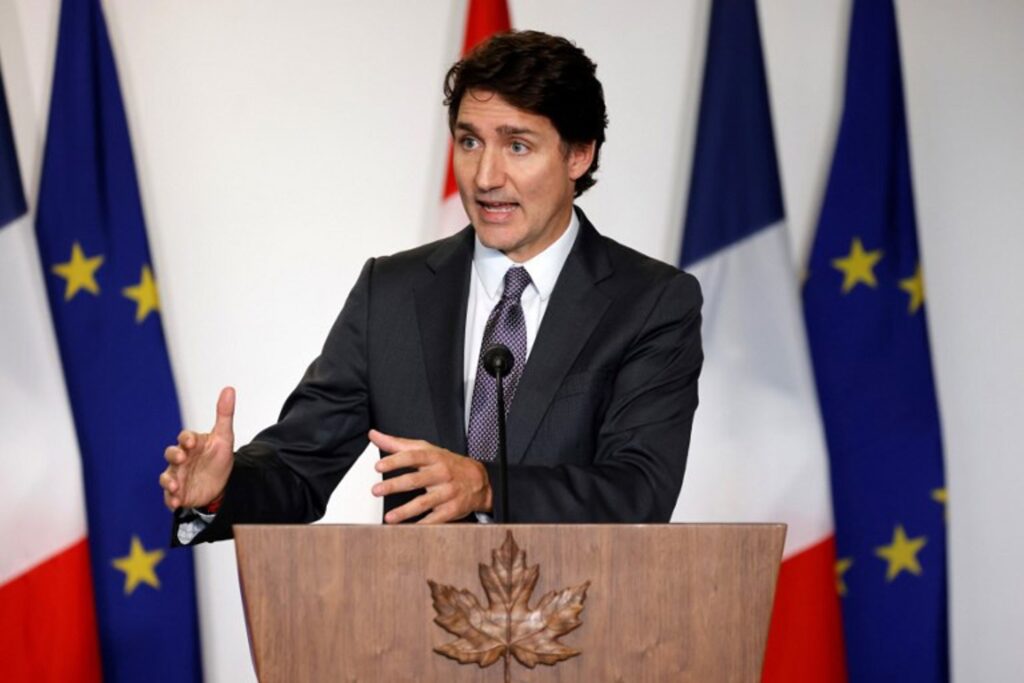The government of Canadian Prime Minister Justin Trudeau, unpopular in polls and weakened by recent political setbacks, survived a second no-confidence motion in as many weeks on Tuesday.
The vote, with 207 against and 121 in favour, largely mirrored the opposition Conservatives’ failed attempt last week to trigger early legislative elections, as two small parliamentary factions sided with the Liberal government.
The motion accused the Liberals of failing to address housing shortages, rising crime and the increasing cost of living, and of being “the most centralising government in Canada’s history.”
Conservative leader Pierre Poilievre, who has a 20-point lead in the polls, spearheaded the motion, capitalising on Trudeau’s weakened position with legislative elections due by the end of October 2025.
In power for nine years, the Liberal Party has faced multiple political setbacks since early Summer.
The Canadian Prime Minister recently lost the support of his main left-leaning ally, which ended their political agreement. His party has also lost seats in some of its strongholds in recent elections.
Despite these challenges, the Conservatives failed to secure the backing of the other two opposition parties needed to topple the government in both no-confidence votes.
The Canadian House of Commons consists of 153 Liberal parliamentarians, 119 Conservatives, 33 from the Bloc Québécois, 25 from the New Democratic Party (NDP/left), two Greens, and four independents.
Most analysts believe the government can hold on until Spring 2025, as the smaller parties need time to prepare for new elections and, historically, Canada avoids winter elections due to the climate.
However, some experts caution that “anything is possible,” given the minority Liberals’ struggle to gain control of a fragmented parliament.

